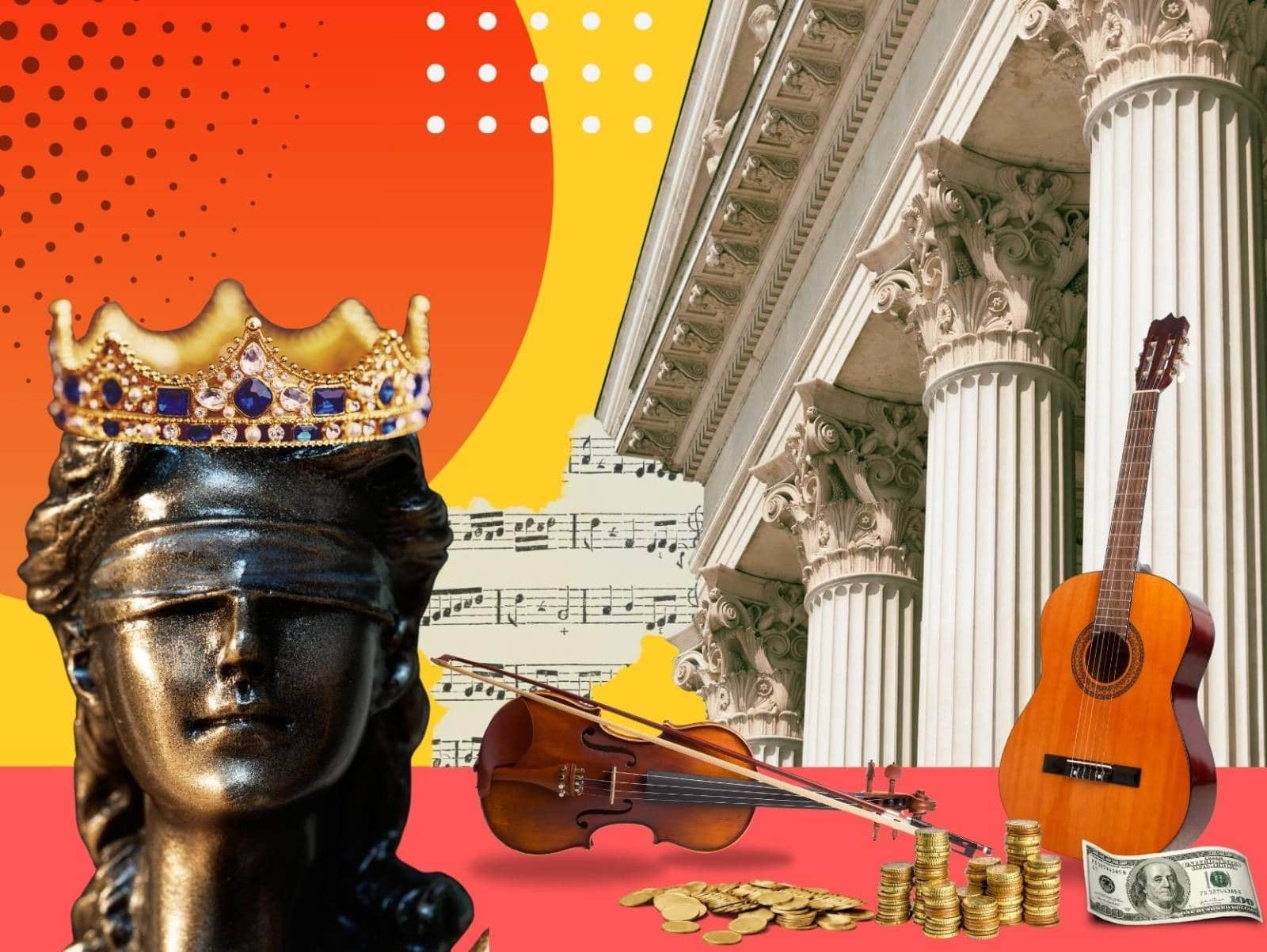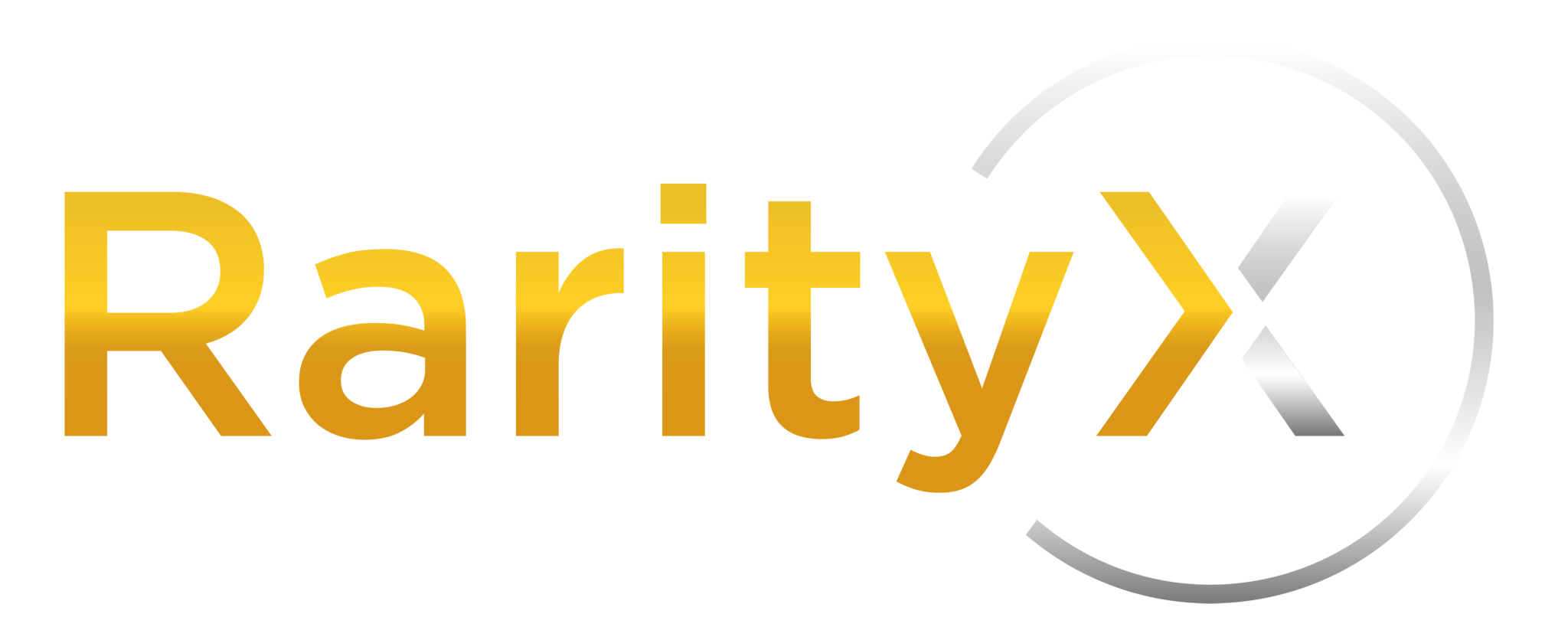Mastering the Palette: Exploring Risks in the World of Art Investment
Introduction
Investing in art can be an enticing endeavor, combining the potential for financial gain with a deep appreciation for creativity and culture. Nevertheless, this distinctive investment opportunity comes with its fair share of obstacles and uncertainties. Let’s take a deep dive into the risks of art investment, examining the complexities that investors face when trying to find the right balance between their passion and being cautious. For those interested in the art world as an investment landscape, it is important to have a clear understanding of the risks involved, ranging from market volatility to issues of authenticity.

Art Price Volatility: A Guide to Market Navigating
Market volatility is a common risk in all types of investments, including the art market. Major ups and downs in art prices can occur as a result of various factors, including changes in artistic preferences and economic conditions. In contrast to more established assets with predictable market patterns, the world of art is known for its subjective nature, which can result in significant and occasionally unexpected fluctuations in prices. Investors should brace themselves for the unpredictable nature of the art market, which demands a resilient and strategic mindset to navigate its highs and lows.
Successfully navigating market volatility requires conducting extensive research, staying well-informed about the broader economic landscape, and gaining a deep understanding of the trends within the art world. Diversification can also be crucial, as distributing investments across various forms of art and artists can provide a buffer against the negative effects of a decline in a particular market segment. Understanding the intricacies of market volatility allows investors to make well-informed decisions and potentially benefit from opportunities, even in a constantly changing art market.
Unveiling the Shadows of Forgeries: Exploring Authenticity Concerns
Art investment comes with a distinct set of risks, and one of them is the constant threat of encountering forgeries. In the world of art, there have been countless instances of forgeries, spanning from meticulously crafted replicas to elaborate scams. Investors often find themselves wrestling with the issue of authenticity, as the origin of an artwork plays a crucial role in determining its actual worth.
Dealing with concerns about authenticity calls for a thorough and careful approach to conducting research. It is advisable for investors to seek out trustworthy galleries, auction houses, and experts who can offer comprehensive authentication procedures. Technology has made great strides in recent years, with innovations like blockchain revolutionizing the way we track and document the history of artwork. This has greatly improved our ability to trace the origins of a piece and ensure its authenticity. Investors can protect their art portfolios from potential forgeries in the art market by gaining a deep understanding of authenticity risks and implementing strict verification measures.
Exploring the Illiquid Nature of Art: Embracing Patience as a Virtue in Art Investment
Art, in contrast to more easily tradable assets like stocks or bonds, is often known for its lack of liquidity. When it comes to selling artwork, patience is key. It can be a bit of a journey to find the perfect buyer who appreciates your work and is willing to pay the right price. Dealing with illiquid assets can be quite challenging, particularly for investors who may require immediate access to their funds.
It is important for investors to fully grasp and accept the fact that art investment is an illiquid endeavor. This understanding is essential in order to effectively manage the associated risks. In the world of the art market, having patience is crucial, as investors need to be ready for a long-term commitment. Exploring different approaches, such as creating a varied art collection and taking into account the potential long-term value of artworks, can be a smart move in the world of art investments. In addition, it can be beneficial for investors to consider alternative liquidity options, such as art investment funds. These funds can offer a way to navigate and address the challenges that arise from the lengthy process of selling art.
Exploring the Hidden Depths of the Art World: Unveiling the Secrets of Market Opacity and Information Asymmetry
Critics often point out the lack of transparency and unequal access to information in the art market. In contrast to the wealth of data available in traditional financial markets, the art world operates with a certain level of secrecy, often conducting transactions away from public view. For investors, getting reliable and thorough information about an artist, artwork, or market can be quite a task.
If you want to uncover the hidden gems of the art world, it’s crucial for investors to focus on cultivating a network of reliable experts, dealers, and advisors. By connecting with well-respected galleries and auction houses that prioritize transparency and ethical practices, you can gain valuable insights and minimize the effects of unequal access to information. Online platforms and databases have contributed to the growing transparency in the art market, thanks to technological advancements. Through actively seeking information, staying connected with industry insiders, and utilizing available technologies, investors can equip themselves to make better-informed decisions in a changing landscape where transparency is becoming more prevalent.
Conclusion
Ultimately, the risks tied to art investment bring a level of complexity to what may initially appear as a purely aesthetic endeavor. Exploring market volatility, addressing concerns about authenticity, grappling with the illiquid nature of art, and understanding the opacity of the market are all important aspects of the art investment landscape. When it comes to the art market, investors need to strike a balance between their passion and pragmatism. It’s crucial to do extensive research, be patient, and make use of all the resources at hand to minimize risks. In the world of art, it’s important to recognize and handle the risks that come with it. This is crucial for those who want to navigate the fine line between the allure of art and the complexities of investing.
